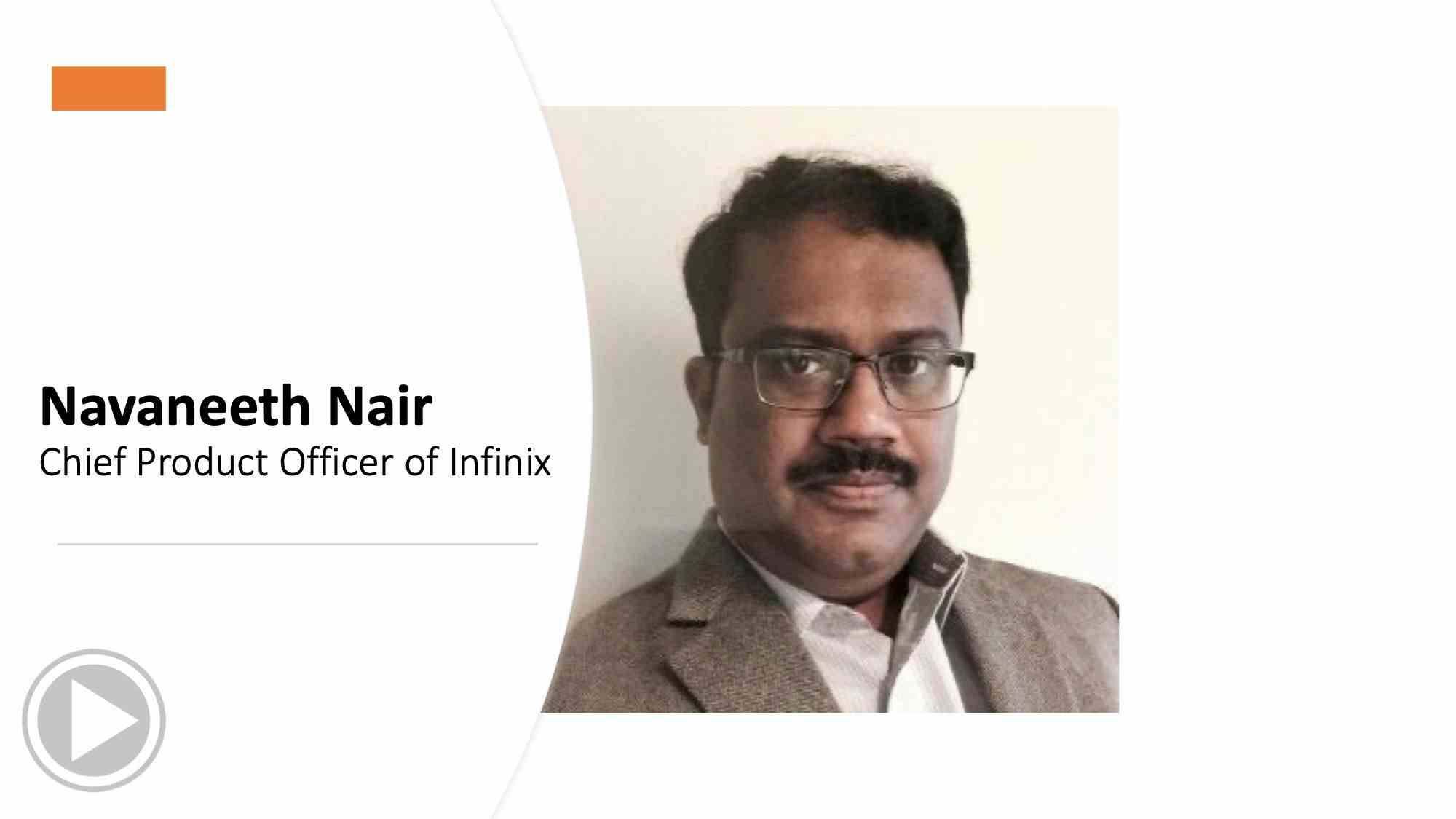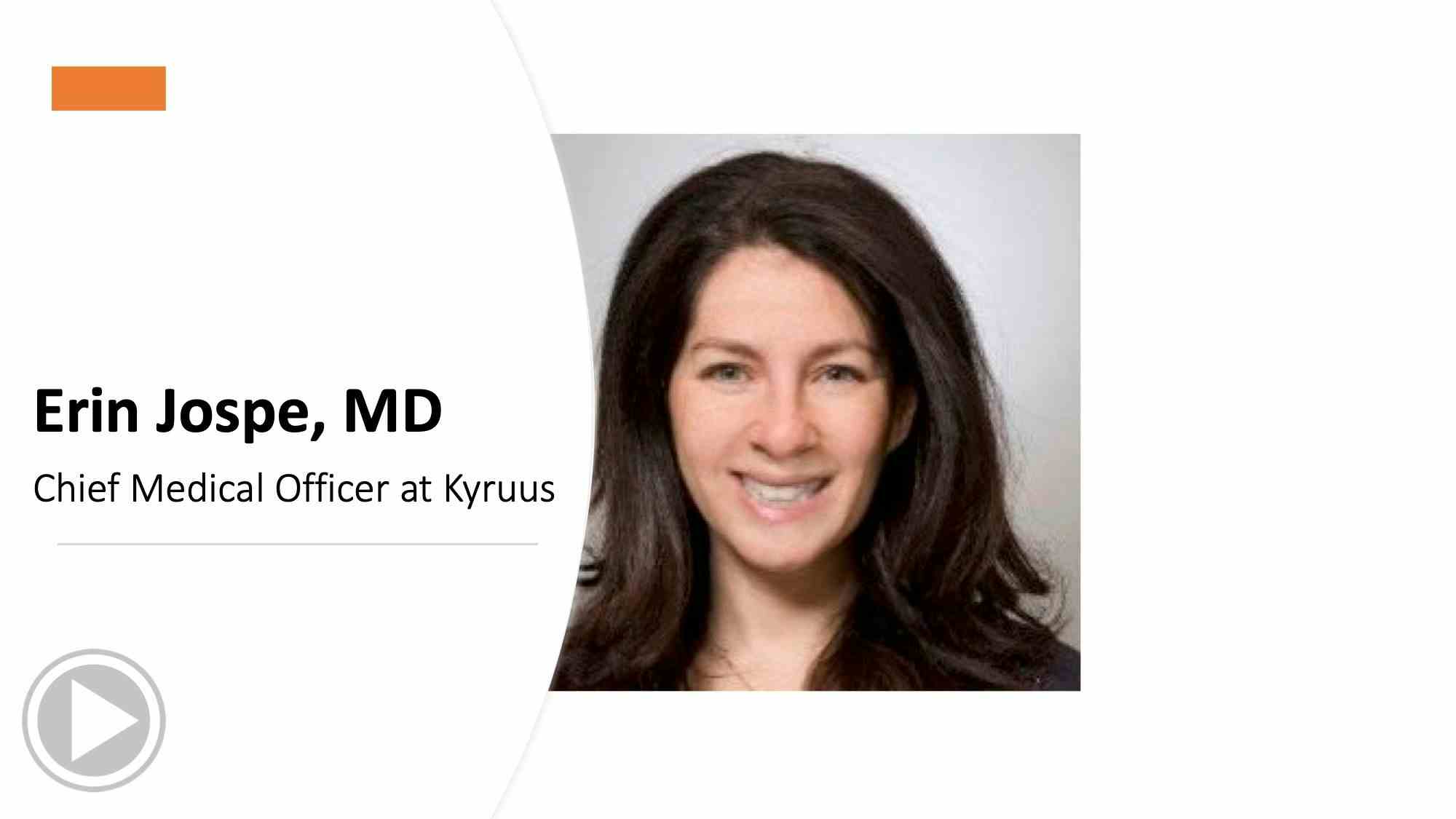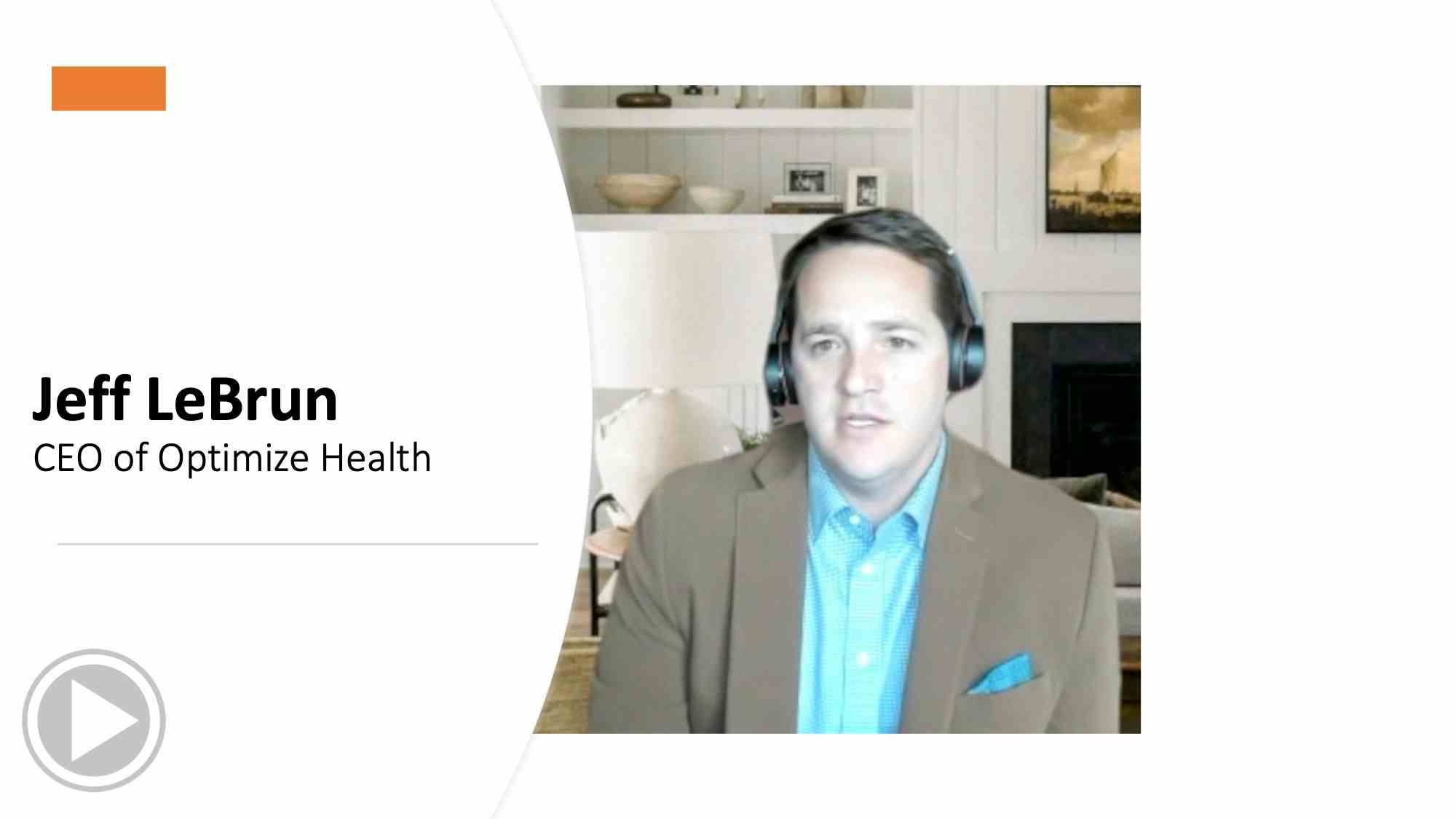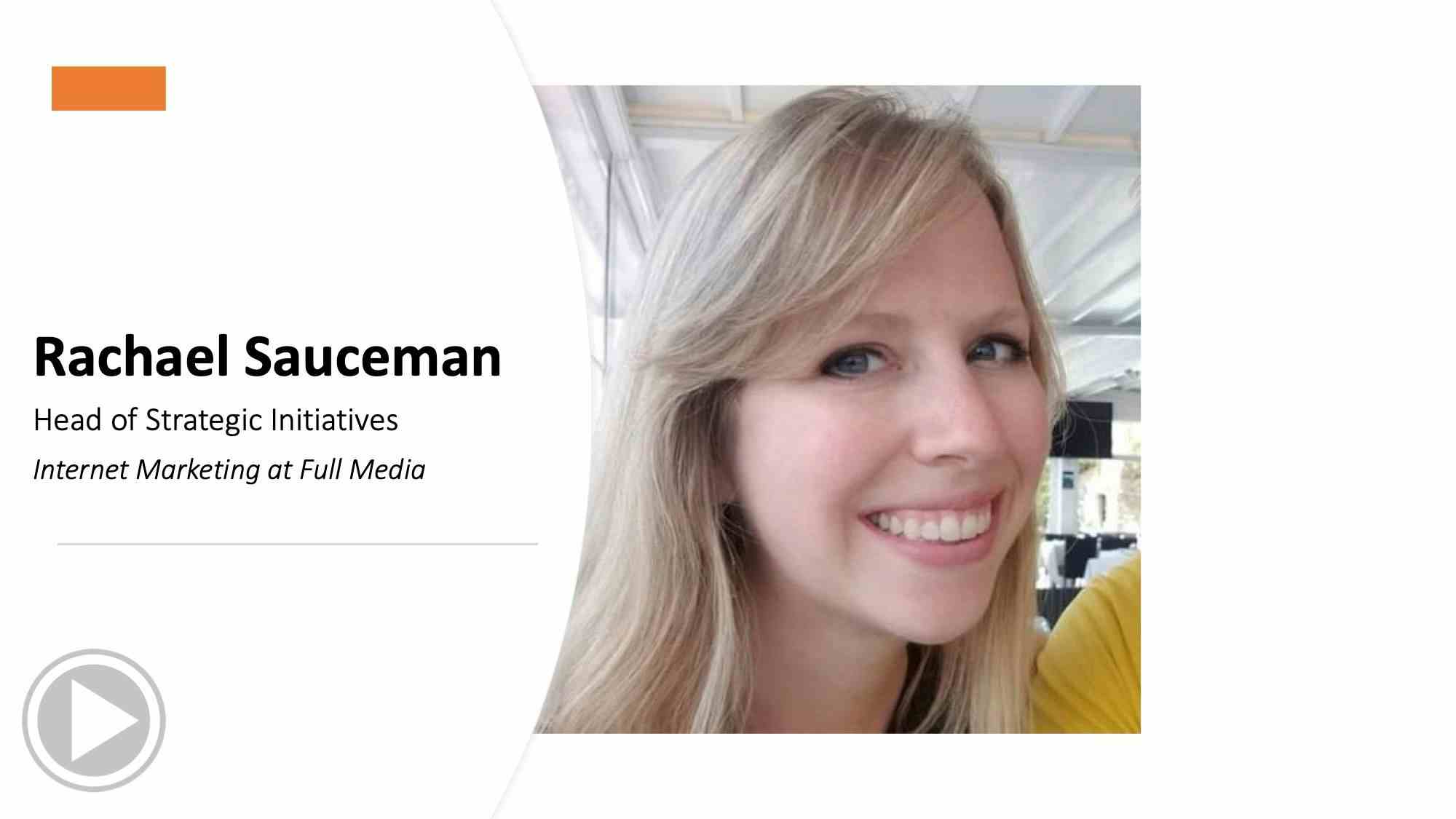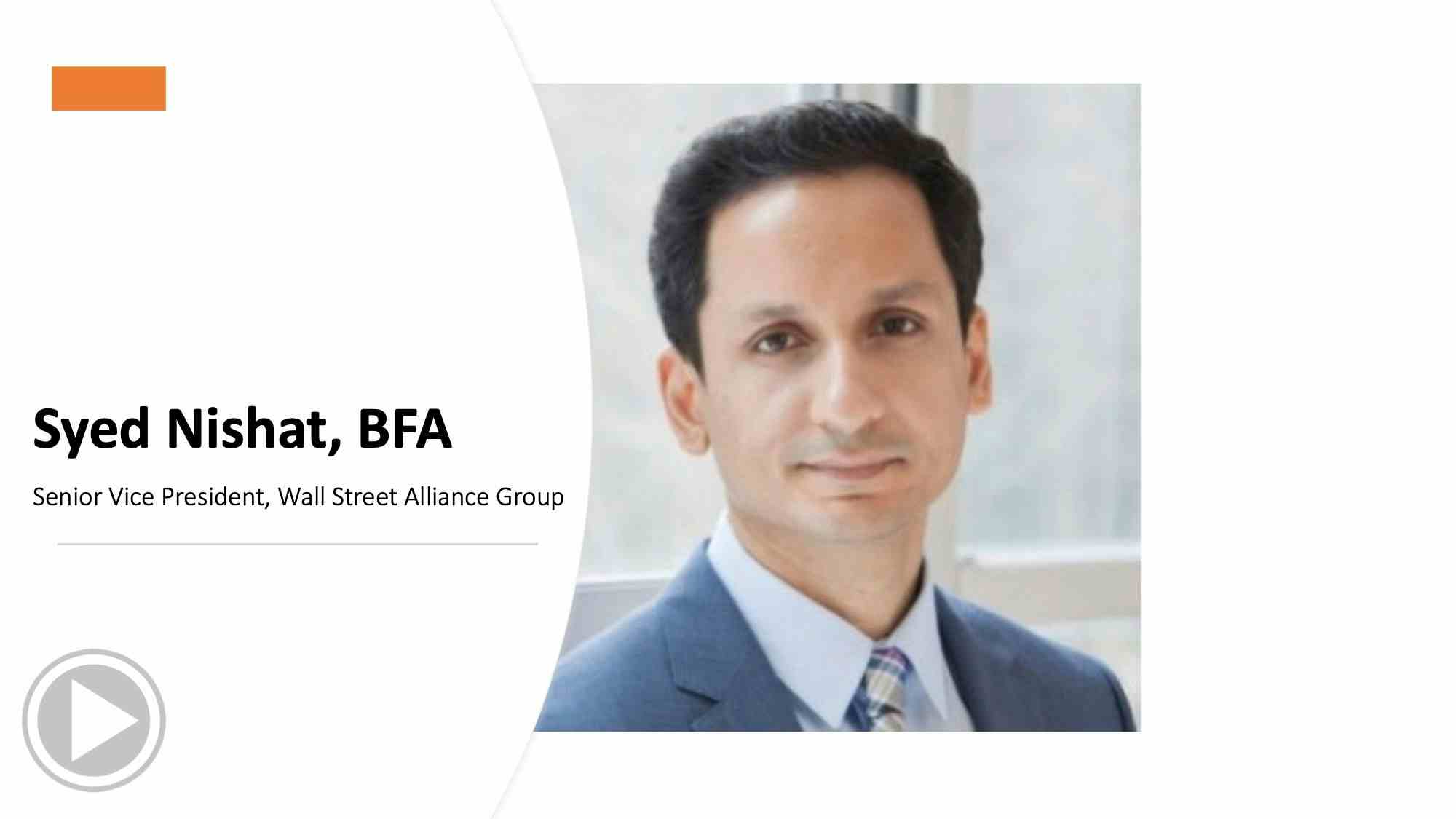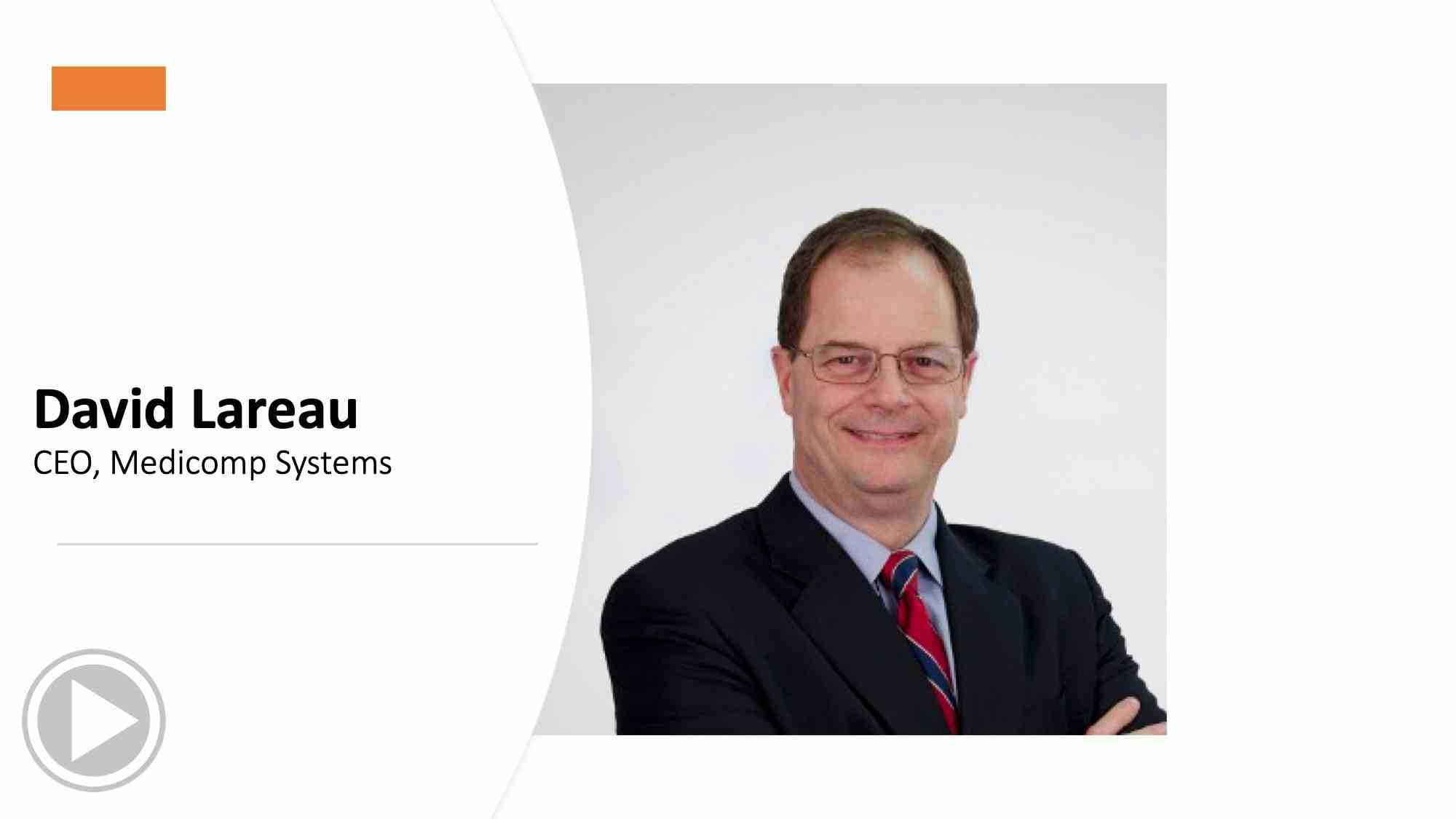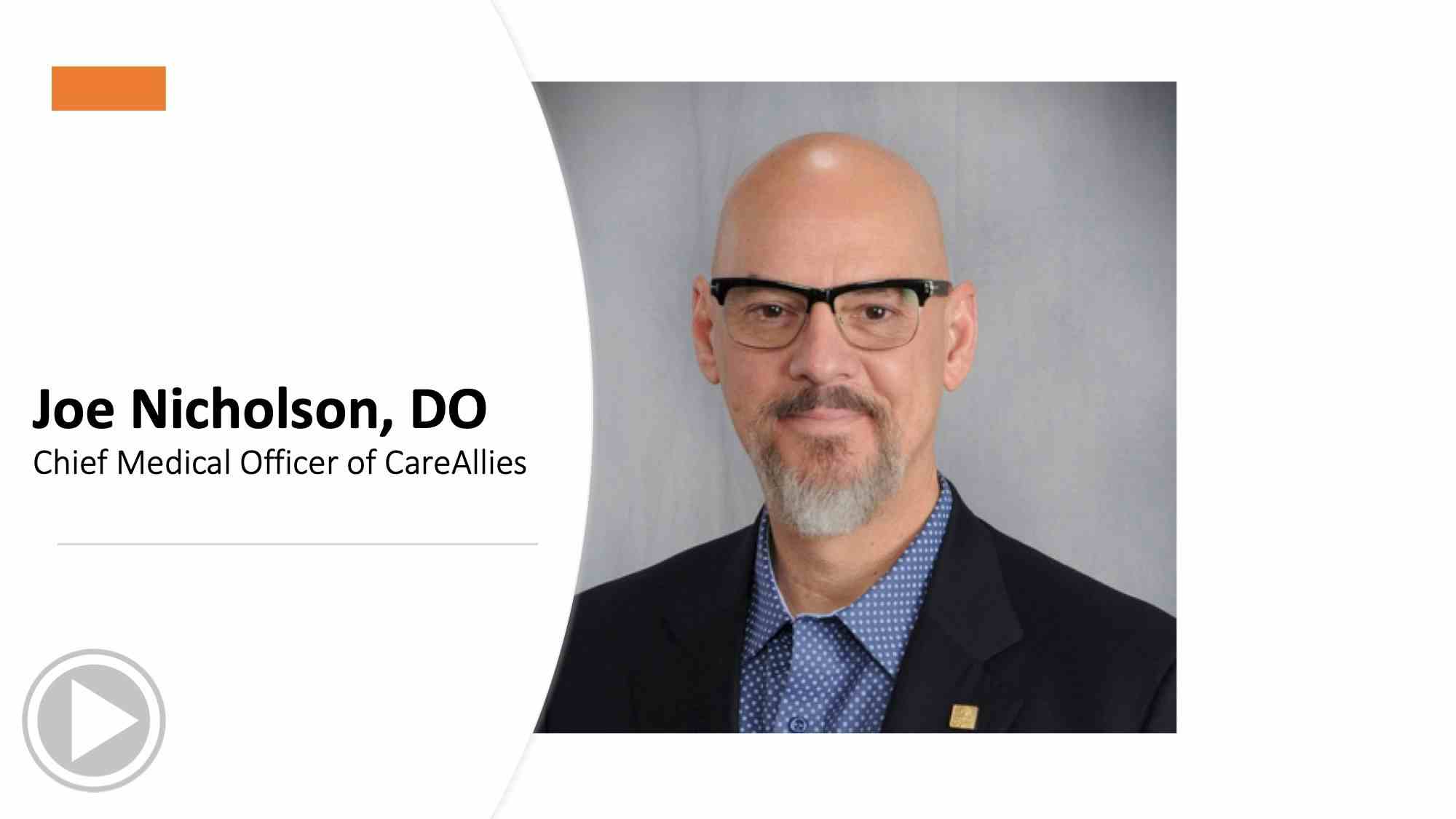For Doctors, Patients are Our Teachers
We are constantly learning as doctors and patients are the ones who are doing the teaching. They tell us everything we need to know.
I think of my patients in many ways depending on my mood, how the day is going, and what I perceive they are asking of me. A nurse practitioner student is rotating with me this spring and dutifully participates in many of the patient visits, learning to appreciate a heart murmur or discern the difference between rashes. At the conclusion of each visit, I thank my patient for being a teacher. They are all teachers - both formally for the nurse practitioner in training who is learning the basics of history and exam and informally as they try to explain symptoms to me, with the hope that I will put the clues together.
As it’s been over a decade since I graduated from residency, I consider my medical education completed, often forgetting that it is fluid and evolving. We were told, upon entrance to medical school, that fifty percent of what we learned would be wrong, but that our professors did not yet know what fifty percent that would be. Without a professor or attending to guide me, the teachers instructing me on the rest of my journey are my patients.
As soon as I walk in the exam room, my tiniest patients who cannot yet articulate a chief complaint, demonstrate with a look in the eyes or the way they fold into their parents’ arms that they are not just ill, they are really, really sick. Conversely, the pre-schooler bouncing around my exam room and twirling my stool, illustrates that the illness is minor and likely going to be quickly resolved. Patients teach me when I say the wrong thing and when I say the right thing by a crease of the brow or a softening of the mouth. Through their experience with sickness, they become a living laboratory in which I am privileged to observe the inexact science of medicine.
Once upon a time, we were taught to respect our patients. I remember clearly the manner in which our anatomy professors talked about the treatment of the physical form that once housed a living soul. In the anatomy lab, the mood remained somewhat somber even while we were learning and dissecting. At the conclusion of the semester, we had a ceremony to honor our first teachers. It has been twenty years since I first crossed the threshold of the human body and entered that sacred space as a learner. Yet, I can still recall how the organs fit together or visually trace the path of a nerve or vessel based on the memory of hours spent dissecting and exploring. This is thanks to a woman whose name I never knew sharing the secrets of her body with me.
Teaching students is rejuvenating. It pulls you out of your routine and forces you to answer questions you may not have considered for many years. You are asked to explain why you do something the way you do – something that is so rote to your practice you no longer remember why. The things you never knew or no longer remember are probed and put on display. It can be humbling. However, it is a great reminder that the first and last teachers for all physicians are the patients we serve.
Ep. 52: Private equity and hospital consolidation with Yashaswini Singh, PhD, MPH
February 17th 2025Yashaswini Singh, PhD, MPH, a health care economist and assistant professor at Brown University's School of Public Health, discusses her recent research article on private equity and hospital consolidation in primary care.



